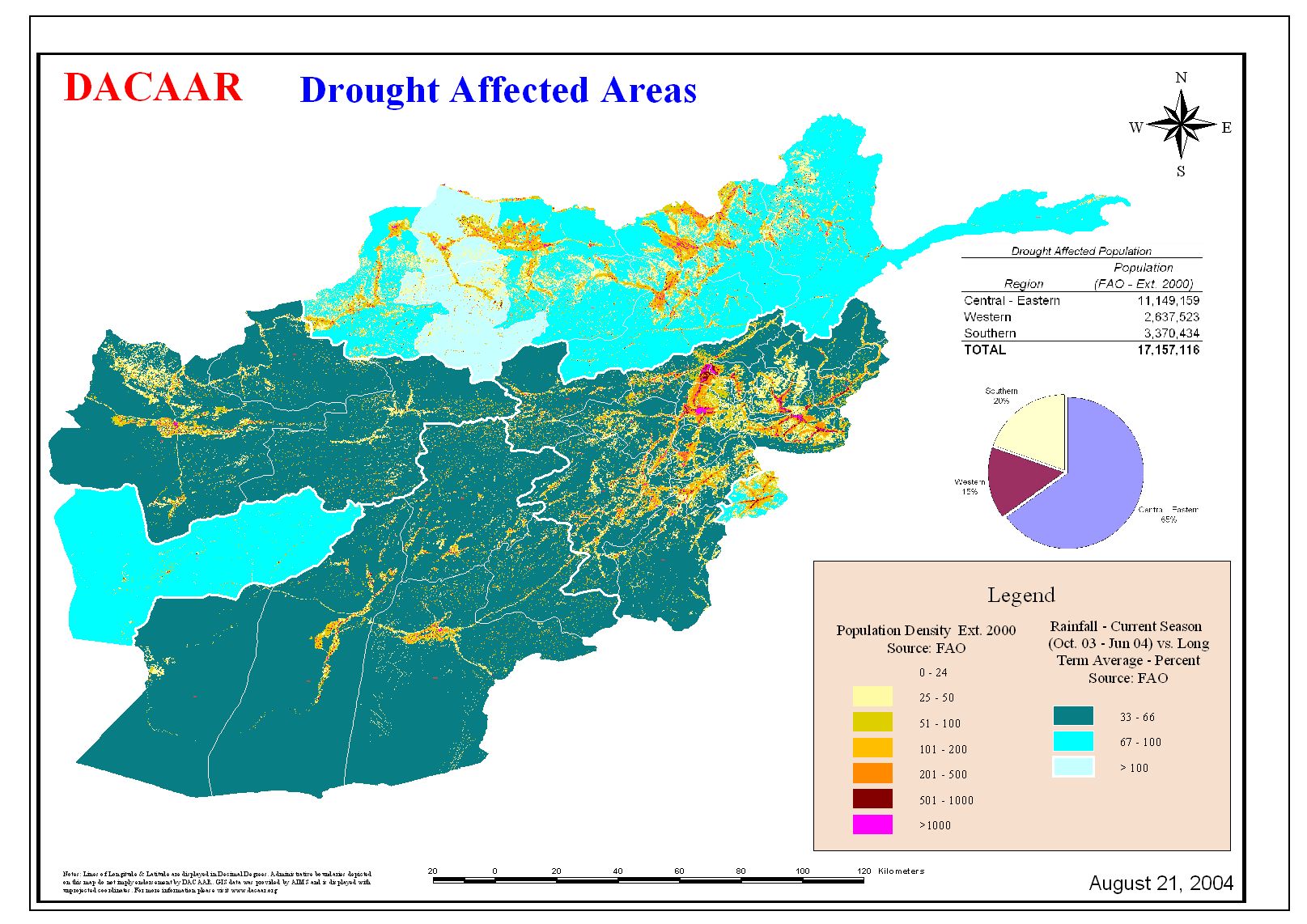
Unveiling the Ancient Land of Ariana, Khorasan, and Afghanistan — Geography, Borders, and the Civilizational Legacy
🗺 A Brief Overview of Afghanistan’s Geography
Afghanistan is one of the world’s oldest countries — its roots buried deep in the mist of time. Historical and archaeological evidence reveals a civilizational presence dating back over 5,000 years B.C. Known in different eras as Ariana, Khorasan, and finally Afghanistan, this land has always been a vital center of history, trade, and culture in Central Asia.
Surrounded by mighty mountain ranges, fertile valleys, and flowing rivers, Afghanistan’s geographic makeup has shaped not only the movement of people and goods but also cultural and intellectual exchanges across Asia. The country’s strategic location has made it both a bridge and a battleground throughout history.
Archaeological discoveries — including cave dwellings from the Paleolithic era — suggest Afghanistan was home to hunter-gatherer societies over 50,000 years ago. These early inhabitants found refuge along the rugged Hindu Kush slopes, establishing one of the earliest hubs of human civilization.
📌 Geographic Location and Key Features
Afghanistan is a landlocked country located in Central Asia, covering a total area of 652,225 square kilometers. It lies in the northern hemisphere, between 29°35′N and 38°40′N latitude, and 60°31′E to 74°55′E longitude.
- Capital: Kabul
- Provinces: 34
- Districts: 398
- Population: ~30 million
- Population Density: ~46 people/km²
Notable Geographic Points:
- Northernmost: Maimai, Badakhshan (38°40′ N)
- Southernmost: Kashtagan Ghar, Helmand (29°35′ N)
- Easternmost: Yuli Valley, Wakhan (74°55′ E)
- Westernmost: Malak Siah Mountain, Nimruz (60°31′ E)
Geographical Highlight:
The narrow Wakhan Corridor, stretching toward China, is a geostrategic region where the Pamir Knot unites the world’s largest mountain systems — Himalayas, Hindu Kush, Tien Shan, Altai, and Karakoram.
🧭 Border Overview of Afghanistan
Afghanistan shares land borders with six countries, and despite being landlocked, it maintains essential international connections through land and air routes.
Northern Border (2,450 km)
- Countries: Tajikistan, Uzbekistan, Turkmenistan
- Lines:
- Pamir Line (90 km)
- Amir Sher Ali Khan Line (1,800 km)
- Rajavi Line (560 km)
Western Border (925 km)
- Country: Iran
- Lines:
- Fakheri Line (450 km)
- MacMahon Border (475 km)
Eastern & Southeastern Border (2,310 km)
- Regions: Pashtunistan and Balochistan
- Key Feature:
- The Durand Line, signed in 1893 by Amir Abdur Rahman Khan, has been a point of historical contention.
Northeastern Border (96 km)
- Country: China
- Region: Wakhan Corridor
- Stretch: Yuli Valley to Wakjir Pass
🌐 Transit & Trade Connectivity
Afghanistan’s lack of coastal access makes international transit routes essential for trade and diplomacy:
Nearest Seaport:
- Karachi Port (Pakistan): ~1,163 km from Torkham
Major Transit Points:
- East: Torkham
- South: Spin Boldak (Kandahar)
- West: Islam Qala & Torghundi (Herat)
- North: Sher Khan Bandar (Kunduz)
Airports with International Access:
- Kabul, Herat, and Kandahar International Airports
🗺 Topography & Strategic Importance
Afghanistan’s borders, shaped by deserts, rivers, and rugged mountain ranges, have historically drawn the attention of regional powers. This irregular terrain provides both natural defense and geopolitical complexity, with neighboring nations often involved in the region’s internal affairs due to strategic interests.

